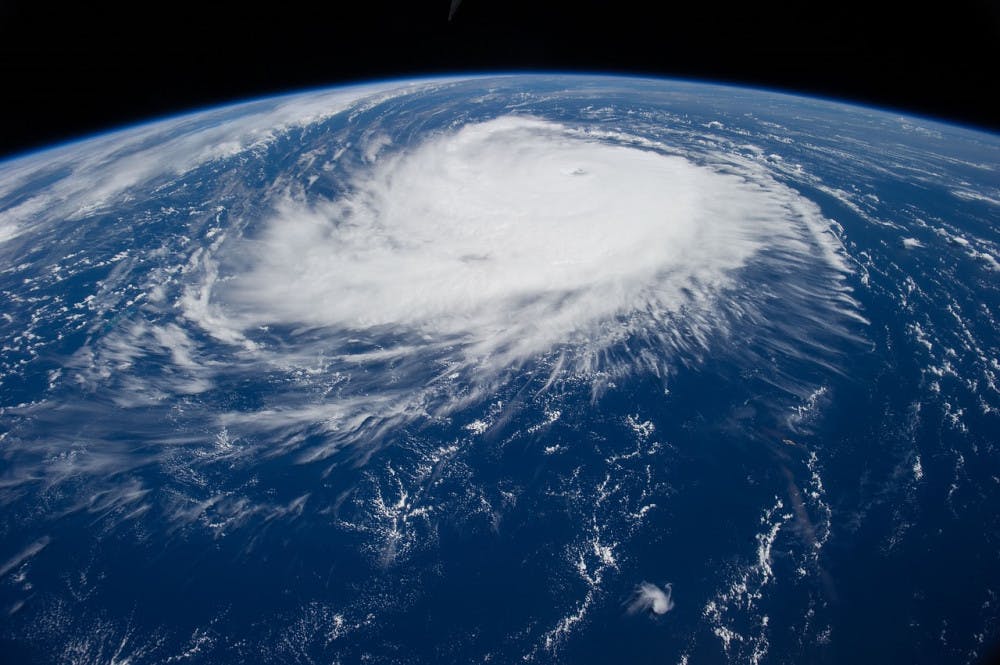By: Olivia Bauer
September of 2017 has been a record year for hurricanes in the Atlantic. Aside from Sept. 15, there has been an active hurricane at some point every day this month. So far this September, the Atlantic has experienced Hurricane Harvey, Irma, Jose, Katia, Maria, and Lee, and all but Katia have exceeded acategory 3.Hurricanes form when warm water rises above the ocean near the equator, causing an area of low air pressure under it. A cycle of air heating up, rising, and cooling off forms a mass of spinning clouds. Wind speed and damage at landfall are factors that determine a hurricane’s category (1 resulting in minimal damage and 5 being the most severe).Although hurricanes are a natural phenomenon, the amount that many areas have been experiencing is anything but natural. Climate change, although not completely responsible for them, is causing these disasters to be more detrimental. With the increase in global temperatures, there is more warm air to circulate through a hurricane, causing them to produce more rainfall and exist longer. Additionally, the growing population is also a factor that is increasing the frequency of hurricanes. Evidence of this is shown byHurricane Harvey. Harvey hit Rockport, Texas as a category 4 with 130 miles per hour winds. The Houston area has been experiencing rapid population growth that has involved spreading pavement around newly built subdivisions, and this has caused excess runoff without sufficient area to drain. Hurricane Harvey resulted in a record-breaking total rainfall of 40-65 inches in the surrounding areas, and the clean-up efforts were much more difficult because of the increased runoff.Today on Sept. 27, Hurricane Maria and Hurricane Lee are active, and assistance is being provided to the victims. You can make a difference as well. Check out this link to find out the many ways you can help the victims of these recent hurricanes.Images via Creative Commons.

